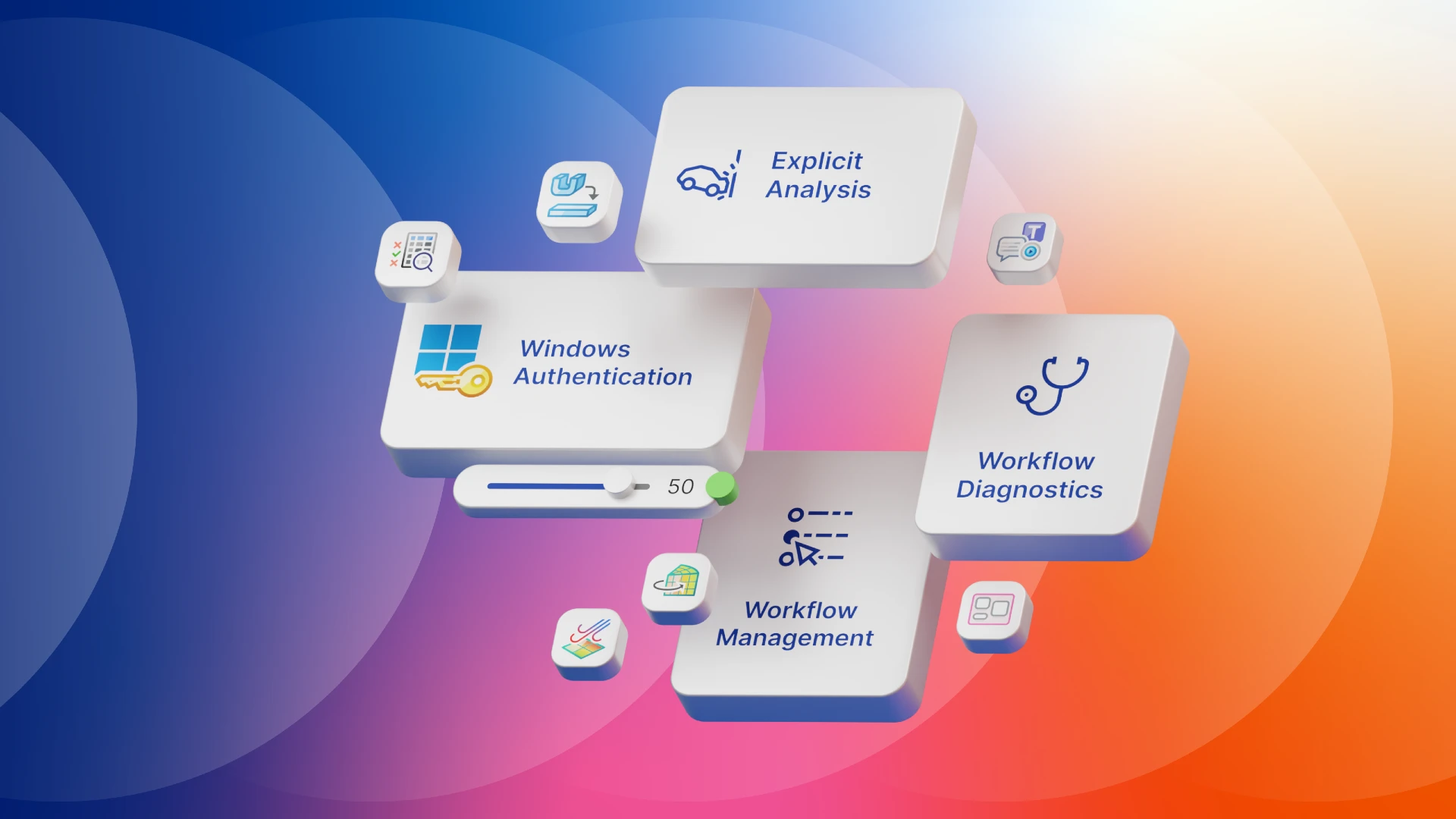The article explores the future landscape of product development, shedding light on the challenges confronting engineers and designers and the transformative methods and tools at their disposal. The central theme revolves around the need for adaptability in the face of complex, cost-sensitive, and rapidly evolving product development scenarios.
The challenges in product development are multifaceted, driven by the imperative to create intricate products swiftly and cost-effectively, even in small batch sizes. Escalating product complexity, coupled with mounting time and cost pressures, poses formidable obstacles. Moreover, the globalized nature of modern teams necessitates a reevaluation of collaborative processes.
To address these challenges, designers and engineers are encouraged to leverage existing software components and tools. Cloud-based applications, coupled with design standardization and cutting-edge technology, are heralded as enablers for swift decision-making, accelerated design processes, and streamlined production planning. The COVID-19 pandemic has prompted a reevaluation of traditional processes, compelling companies to consider remote work options and cloud outsourcing for improved accessibility to data.
Despite the transition from 2D to 3D design representing a significant leap, the article underscores the absence of a comprehensive digital process from design to production – a concept encapsulated by "design for manufacturing" (DFM). The lack of seamless digital integration between these phases results in information loss through media disruptions.
Future-oriented product development necessitates a symbiotic relationship between design and production. Beyond this, there is a call for increased collaboration among various disciplines within the product development spectrum. A case in point is a consortium of companies collaborating to produce ventilators during the COVID-19 crisis, illustrating the importance of browser-based software for seamless collaboration.
The evolving landscape also sees a departure from exclusive reliance on Computer-Aided Design (CAD) and simulation data. Instead, the trajectory points towards intelligent 3D models, digital twins, and automated design processes. New tools, integrated into CAD software or planned for future integration, provide real-time feedback during the design phase on producibility and cost considerations.
Automation in design is envisioned through rules and standardization. Engineers impart knowledge and design rules to components, fostering standardization and cost savings through component reuse. An illustrative example is given of a company allowing customers to configure bridges online, showcasing the potential for customer involvement in product development.
The concept of a digital twin emerges as a pivotal development, consolidating all facets of a machine on a unified platform. This allows for virtual testing and visualization via virtual reality before physical production, facilitating swift and informed decision-making.
To stay competitive, companies are urged to adopt modern communication tools and explore globally distributed remote workstations for collaborative model development. The COVID-19 crisis serves as a catalyst, emphasizing the urgency of embracing digitalization and eschewing complacency. The article concludes by presenting the current scenario as an opportunity for companies to invest in the future of product development.
Read the full article
Would you like to learn more about the future of product development? Read the full article in Maschinenmarkt (in german).
Discover the benefits yourself – Test Synera's Low-Code platform!
Would you like to experience the benefits of Connected Engineering and our Low-Code Platform firsthand? We invite you to test Synera's Low-Code Platform 14 days for free and discover how you can make your product development more efficient and agile. Experience the future of product development and explore the possibilities that our innovative solution offers. Click here to explore the Synera Low-Code Platform and optimize your development process for your use case today.
Or get a free demo from our CEO Daniel Siegel. Every Tuesday and Thursday he will take you on a guided tour of our synera software. You will discover how to automate your workflow and how to speed up your development process. There will also be a Q&A session where you can ask all your burning questions. Register here for free.





